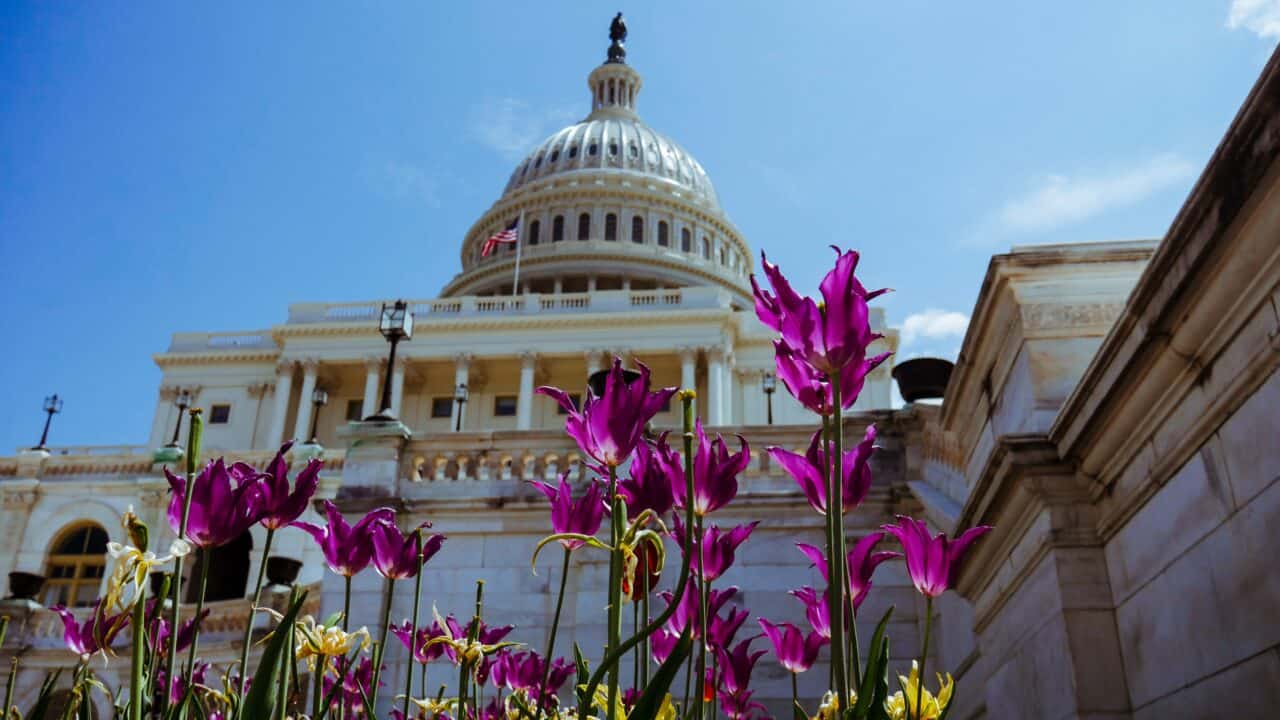 Photo by Matthew Bornhorst on Unsplash
Photo by Matthew Bornhorst on Unsplash
This morning, Punchbowl News reported on a debt-limit package that House Republican leadership has, informally, been putting together. If accurate, the described package contains several promising spending reforms.
The framework includes the following:
- Reduces spending to Fiscal Year 2022 levels.
- Caps non-defense discretionary spending or caps all discretionary spending. One cap being considered is $584 billion for non-defense discretionary spending.
- Goal of limiting budget growth to 1 percent annually over the next 10 years.
- Rescinds unspent Covid-19 funds.
- Prohibits student loan cancellation.
- Implements REINS Act to keep the federal bureaucracy in check.
- Implements the Lower Energy Costs Act (H.R. 1) to increase domestic energy production.
- Raises debt limit.
The federal government’s response to the pandemic was to flood state and local governments and other entities with taxpayer cash. While politicians found some very creative ways to spend this money – namely, the billions of dollars wasted on ski slopes, a ballpark, and even a luxury hotel and spa – billions remain unspent to this day. As of January 31, the Government Accountability Office (GAO) estimates that $90.5 billion of funding for COVID-19 relief remain unobligated.
In February, Rep. Brad Finstad (R-Minn.) introduced H.R. 1011, the Audit and Return It Act, which would finally audit all COVID-related spending and rescind all unobligated funds in order to reduce the national debt. It has been several years since this funded was passed by Congress and President Biden has even signed a bill ending the COVID-19 national emergency – rescinding these funds is as commonsense as policy gets.
The bill would also prohibit student loan cancellation – a policy that could save taxpayers over $500 billion. According to an analysis by the Penn Wharton Budget Model, debt cancellation alone will cost taxpayers between $469 billion to $519 billion over 10 years. While this effort has been stalled by the judicial system, the Biden administration has promised not to give up their fight to get it through.
Concerningly, the other element of Biden’s new student loan program – radical changes to income-driven repayment (IDR) rules – are still going to be implemented. These provisions will cost taxpayers $450 billion or more. The debt-limit legislation would also prevent these changes through the implementation of the REINS Act.
The REINS Act, introduced by Rep. Kat Cammack (R-Fla.) alongside 140 cosponsors, would require any “major rule” proposed by federal agencies to be approved by both chambers. The bill defines a “major rule” as a federal rule/regulation that may result in “an annual effect on the economy of $100 million or more; a major increase in costs or prices for consumers, individual industries, government industries, government agencies, or geographic regions; or significant adverse effects on competition, employment, investment, productivity, innovation, or the ability of U.S.-based enterprises to compete with foreign-based enterprises.”
This bill is necessary. Executives, over several decades, have slowly stolen the power of the purse, a power that the U.S. Constitution reserved exclusively for Congress. This has allowed unelected bureaucrats to impose crushing regulations and spend billions of dollars with no obligation to offset their spending.
Finally, the debt-limit legislation is reported to also include H.R. 1, the Lower Energy Costs Act. This bill consists of more than twenty pieces of legislation that will increase domestic energy production, reduce regulatory burdens, and lower energy costs.
Presumably, lawmakers will make changes to this bill over the next several months. Still, the current framework is promising. These changes will provide necessary reductions in spending while simultaneously strengthening the economy.

